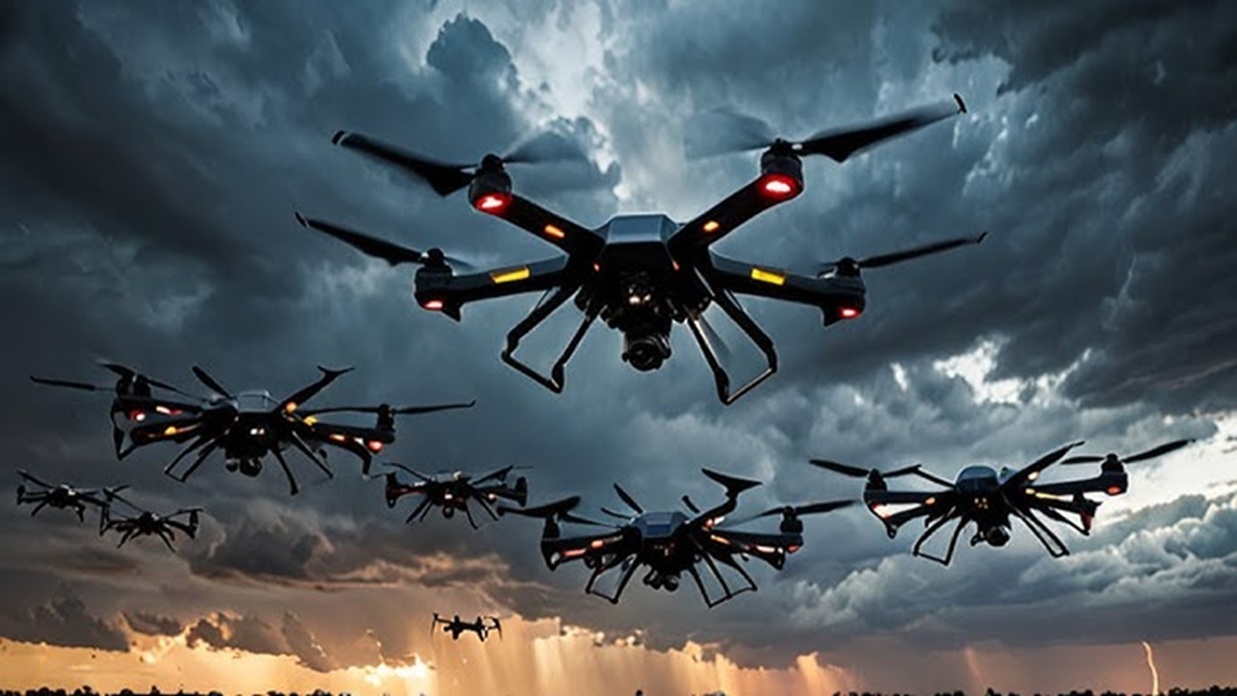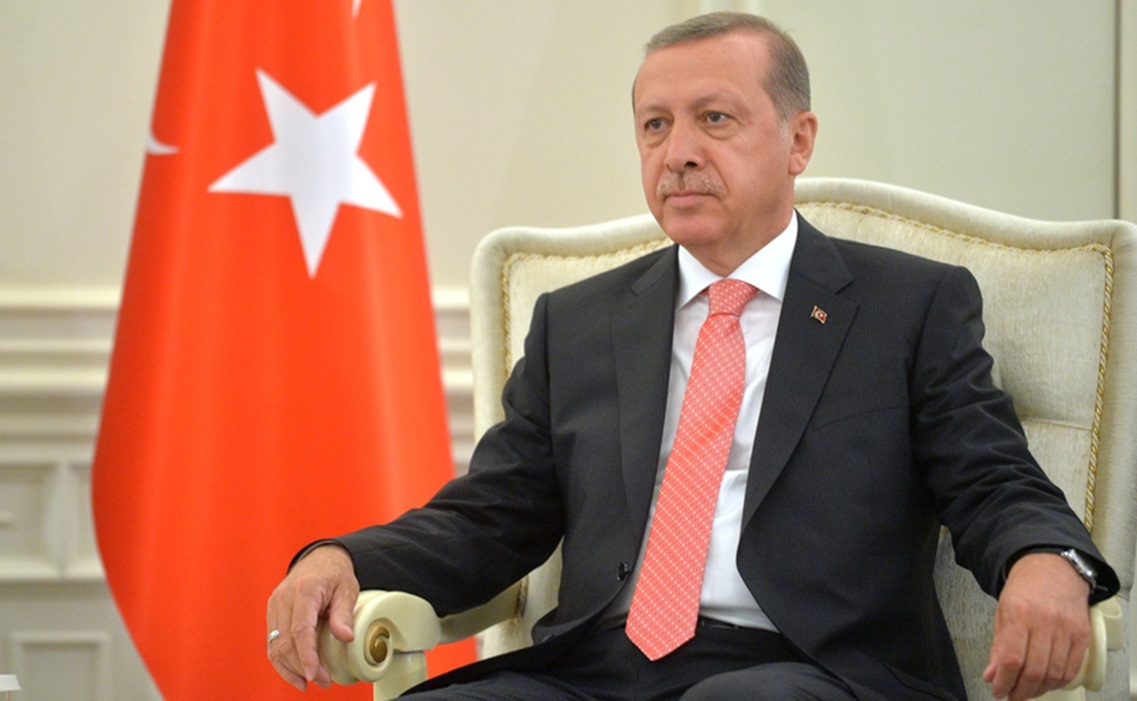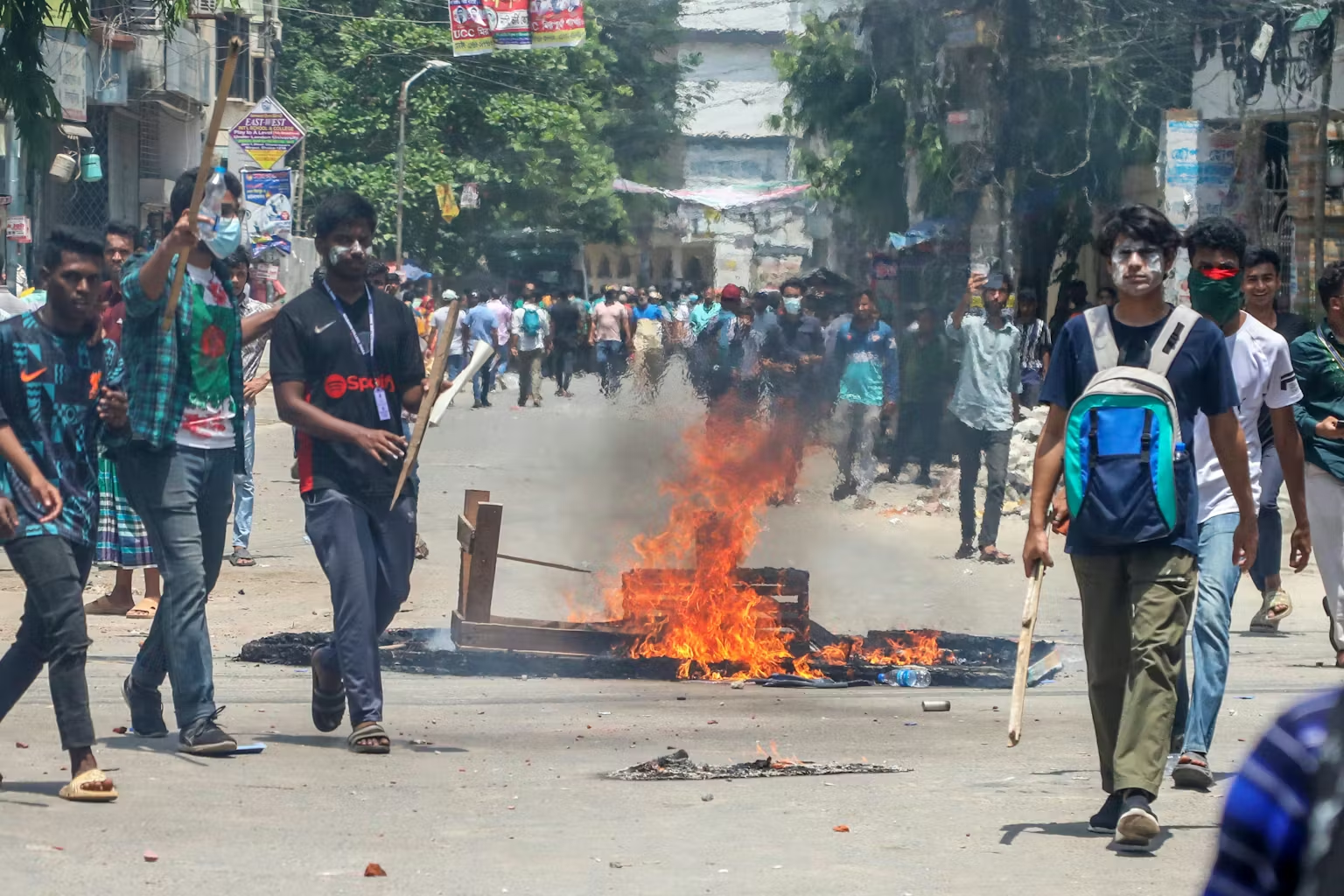The term “2.5 front war” in the context of India refers to the possibility of simultaneously addressing threats from Pakistan and China (the two fronts), along with internal threats from anti-nationals (the half front).
Introduction
India stands at the threshold of a new era in warfare, one that doesn’t begin with a declaration but with a drone drop, a flash drive, or a whisper in a radicalised slum. The idea of a 2.5 front war — China, Pakistan, and the internal front of ideological dissent — is no longer theoretical. It is unfolding in real time, with global patterns offering chilling insight. As India watches Ukraine and Israel innovate through asymmetric tactics like pre-positioned drone warfare, we must ask: How prepared are we if our enemies adopt the same strategy, with the help of internal sympathisers?
Lessons from Ukraine and Israel
Recent conflicts in Ukraine and Israel have demonstrated a new frontier in asymmetric warfare: launching drone attacks not from across the border, but from within enemy territory. Ukraine’s operations deep inside Russia used pre-infiltrated FPV drones, smuggled and activated remotely to strike strategic sites. Similarly, Israel, in its retaliation against Iran, deployed drones likely pre-positioned inside Iranian territory. These drones operated with precision and coordination, neutralising air defences and communication hubs just before Israeli jets crossed the airspace.
These operations are cost-effective, devastatingly precise, and leave the enemy scrambling to trace the origin. Most importantly, they redefine traditional defence — a country can now be attacked from the inside before it ever sees the enemy cross the border.
India’s Drone and Smuggling Nexus
India has already begun experiencing early tremors of this shift. Along the Punjab and Jammu borders, drones from Pakistan routinely enter Indian territory, dropping arms, drugs, and communication devices. These incursions aren’t just for smuggling; they are dry runs, intelligence missions, and potentially future launchpads for deeper operations.
What makes the threat graver is the reliance on an existing smuggling ecosystem. This is not new to India. In 1993, the Mumbai blasts were enabled by RDX smuggled through the Konkan coast. In 2008, ten terrorists of Lashkar-e-Taiba used the Arabian Sea to land undetected at Colaba and unleash 26/11. The same porous coastal routes, now paired with miniaturised drones and GPS guidance, could become the conduit for internal drone warfare.
The danger extends beyond the Western Front. The eastern border with Bangladesh, porous and unguarded in parts, has become a corridor not just for illegal migration but for ideological infiltration. Fishing vessels, container trucks, and unregulated coastal and riverine traffic offer ideal cover for pre-positioning drone parts and sleeper cell infrastructure.
Rohingya and Bangladeshi Settlements: Trojan Horses?
Illegal settlements, especially of undocumented Rohingya and Bangladeshi migrants, have transformed from humanitarian concerns to potential internal security threats. Found in Jammu, Delhi, Hyderabad, and parts of Assam and West Bengal, these enclaves often escape strict oversight. Reports have repeatedly flagged the presence of forged documents, foreign-funded radical preachers, and even arms recoveries from such zones.
These settlements offer the perfect base: densely populated, undocumented, and difficult to police. Their residents often engage in mobile, informal work that gives them access to sensitive spaces. Encrypted messaging apps and underground networks make communication nearly invisible. Add to this the cover of political protection or NGO activism, and you have a functioning grey zone within the state.
This is not to demonise any community but to acknowledge that in the absence of administrative control and verified identities, hostile forces can easily exploit these pockets as launchpads for asymmetric attacks.
The Role of Police, Customs, Civil Administration, and Intelligence
Countering this hybrid threat cannot be the sole responsibility of the armed forces. The first responders must be the police, customs, civil administration, and intelligence agencies — not as separate entities, but as a cohesive security grid.
The police must be reoriented from reactive law enforcement to proactive threat interception. In high-risk districts, dedicated anti-drone and radicalisation monitoring units must be operational. Training in cyber intelligence, drone detection, and community surveillance is critical.
Customs officials at ports and airports are on the frontline of identifying smuggled drone parts, encrypted devices, and dual-use electronics. AI-assisted scanning and profiling, backed by centralised intelligence sharing, can convert customs into a potent security layer.
Civil administration plays a role that is both underrated and irreplaceable. District Collectors, Municipal Commissioners, and Tehsildars must digitise and audit settlement records, identify illegal constructions, and monitor abnormal demographic changes. Welfare schemes must be denied to undocumented individuals, and false identity rackets must be rooted out with force.
Intelligence agencies must not work in silos. National and state units must share real-time data with local authorities. Predictive intelligence, based on population movement, online propaganda, and foreign funding trials, should be the new focus.
Political Will: The Real Battlefield
All of this, however, hinges on one variable: political will. India cannot afford to let vote-bank politics override national security. Settlements that cannot be verified must be dismantled. ID fraud must be punished. Officers taking action must be protected, not penalised.
The 0.5 front — the internal war — is the one that demands the most courage from elected leadership. It requires a bipartisan consensus on national security protocols, the empowerment of frontline agencies, and the insulation of enforcement from electoral considerations.
Legal reform must follow. Fast-track courts for drone warfare and radicalisation cases, preventive detention of known collaborators, and enabling laws for real-time surveillance of high-risk areas must become part of the internal security doctrine.
Conclusion: Awakening Before the Storm
India is not preparing for war. India is already inside it. The enemy is not always across the border; sometimes, it lives in the shadows of our streets. The tools of the new conflict are not tanks and missiles, but drones, SIM cards, micro-networks, and ideological warfare. We still have time to strengthen our systems. But the window is shrinking. The next attack may not come with a warning. It may come from a pre-programmed drone launched from within a slum. Or a radicalised foot soldier carrying out coordinated attacks deep in urban India.
This is a call not for fear, but for preparedness. Not for suspicion, but for governance. Not for paranoia, but for political resolve. Because in the age of 2.5 front war, the first casualty is not territory. It is complacency.
Title image courtesy: Aerospace America
Disclaimer: The views and opinions expressed by the author do not necessarily reflect the views of the Government of India and Defence Research and Studies







